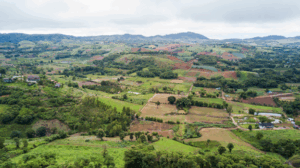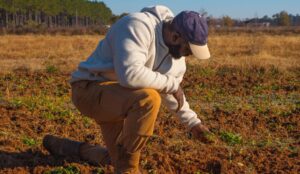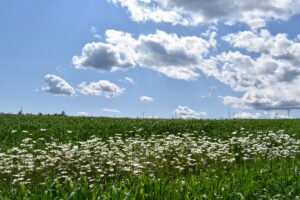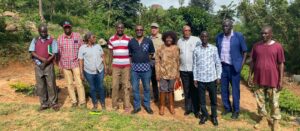At Nature for Justice (N4J), our vision of success is clear: people most affected by climate change use nature to build lasting economic, social, and cultural resilience. Achieving that vision takes more than goodwill—it takes entrepreneurship, financial independence, and capital that’s willing to lean into risk.
We focus on both the micro level—individual households and farmers—and the macro level—entire communities and regions. This dual approach scales impact efficiently and spreads costs across a larger base. But what truly drives this engine is blended finance: pairing risk-tolerant, patient capital with strategic philanthropic grants to prime the pump and build self-sustaining economic systems that no longer depend on outside aid.
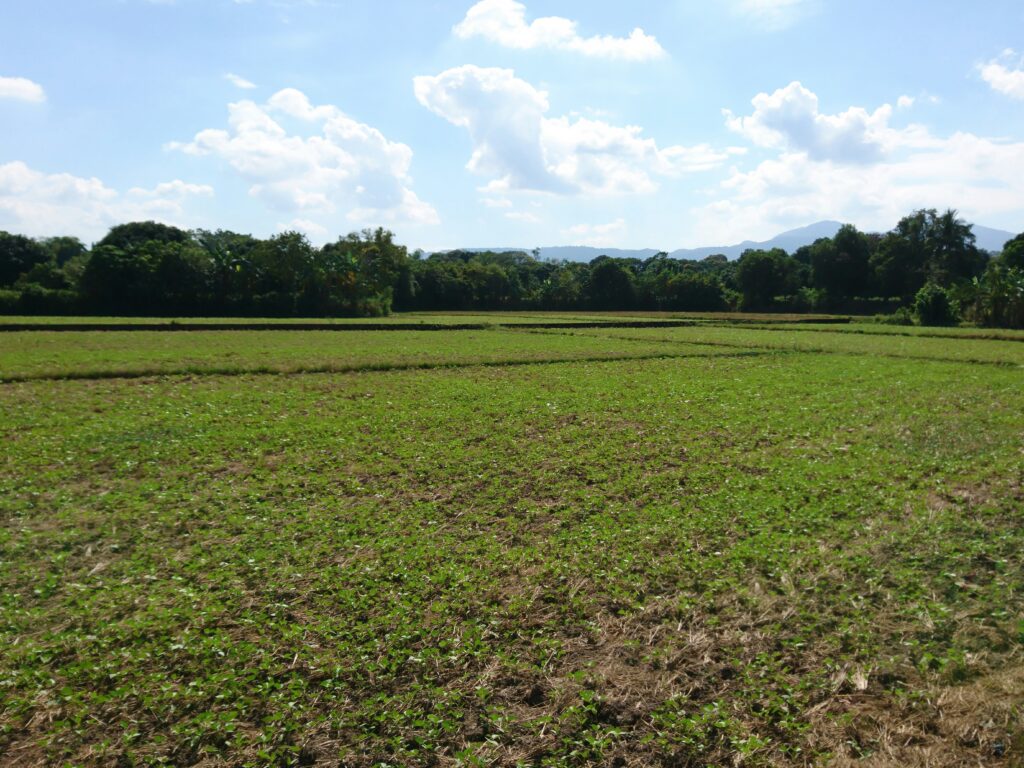
Catalytic Capital in Action: Growing American Farmer Prosperity
Through our Growing American Farmer Prosperity Program, we’re building a network of farmers transitioning to regenerative agriculture—boosting soil health, productivity, and profitability.
At the local level, we provide technical support, track results, and connect farmers with peers and buyers. It’s both a pull strategy, meeting market demand for climate-friendly products, and a push strategy, equipping farmers to increase production and capture new opportunities. The result? Improved livelihoods and stronger food security. For investors, this program represents a model of how low-interest, patient capital can accelerate a market transition—funding
Rewriting the Rules: The First 30×30 Program
In Canada, our First 30×30 Program is helping Indigenous governments transition from dependency on variable grants to long-term financial sovereignty.
We’re co-developing high-quality carbon, nature, biodiversity, and ecosystem credits—assets that can generate recurring revenue for decades. While today’s carbon markets are still evolving, that volatility presents opportunity: the chance to establish a new benchmark for transparency, integrity, and Indigenous-led value creation.
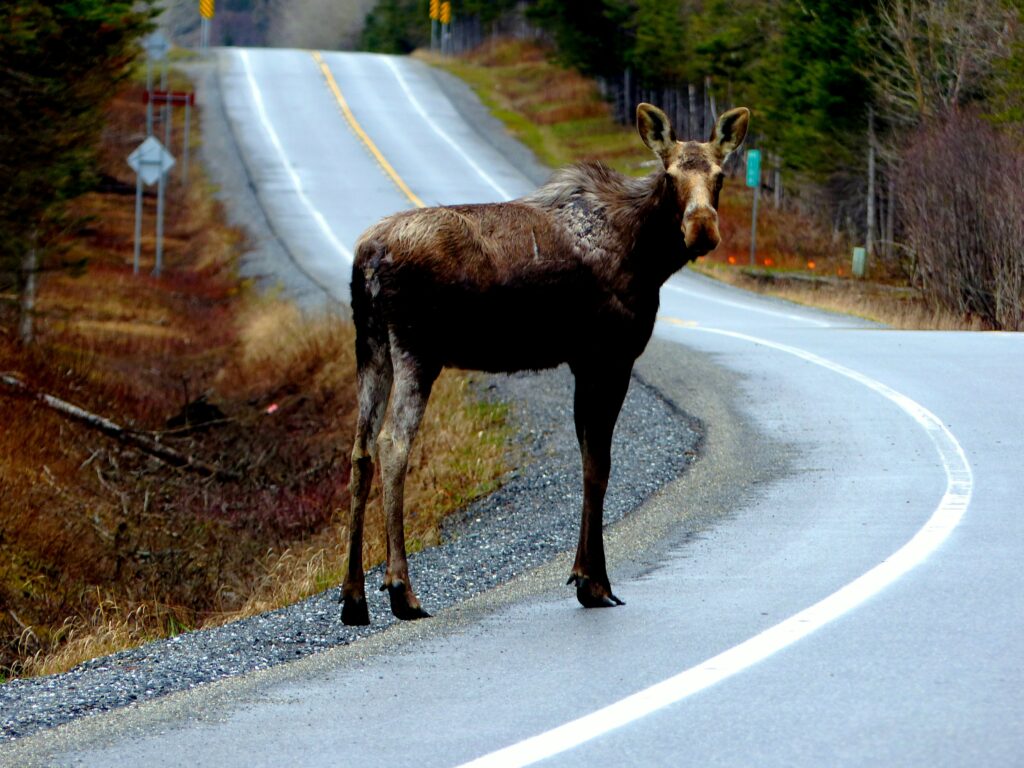
This is the kind of frontier where impact investors can have outsize influence—providing early support that defines how the next generation of natural capital markets will operate.
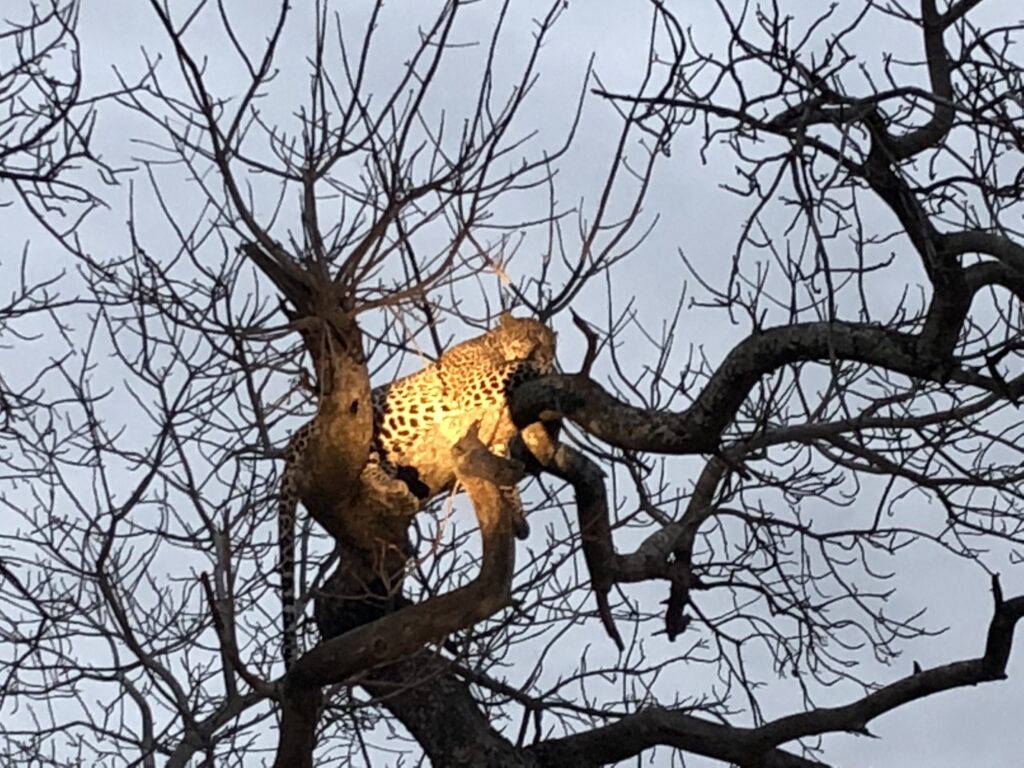
Revolving Capital, Enduring Change: The Africa Model
In Africa, we work with local partner organizations that already have the trust and infrastructure to manage community lending. Together, we’re creating revolving loan funds that allow smallholder farmers to finance regenerative practices. These aren’t handouts—they’re loans designed to circulate, building both financial discipline and community resilience.
This is where patient debt capital is at its best: enabling impact to recycle itself, again and again.
Scaling What Works
As these three initiatives mature, we plan to expand into Central and South America and South Asia, applying the same blended finance approach tailored to local contexts.
What’s Needed to Succeed
Each program relies on a balance of skills and capital:
- Context-specific financial models that align with local realities.
- Hands-on technical expertise in regenerative agriculture and community development.
- Strong, trusted local partners who minimize overhead and maximize credibility.
- And most critically, the ongoing commitment of risk-tolerant, patient investors and strategic philanthropies willing to prime the system for independence.
The Invitation
We know this model works—and we’re getting better at refining it. The N4J team is all in. But to scale it, we need partners who see capital not just as money, but as momentum—a way to unlock the ingenuity of people living on the frontlines of climate change.
They aren’t beneficiaries. They’re builders, entrepreneurs, and our customers. Together, we can help them create businesses that restore the planet and sustain themselves for generations.

